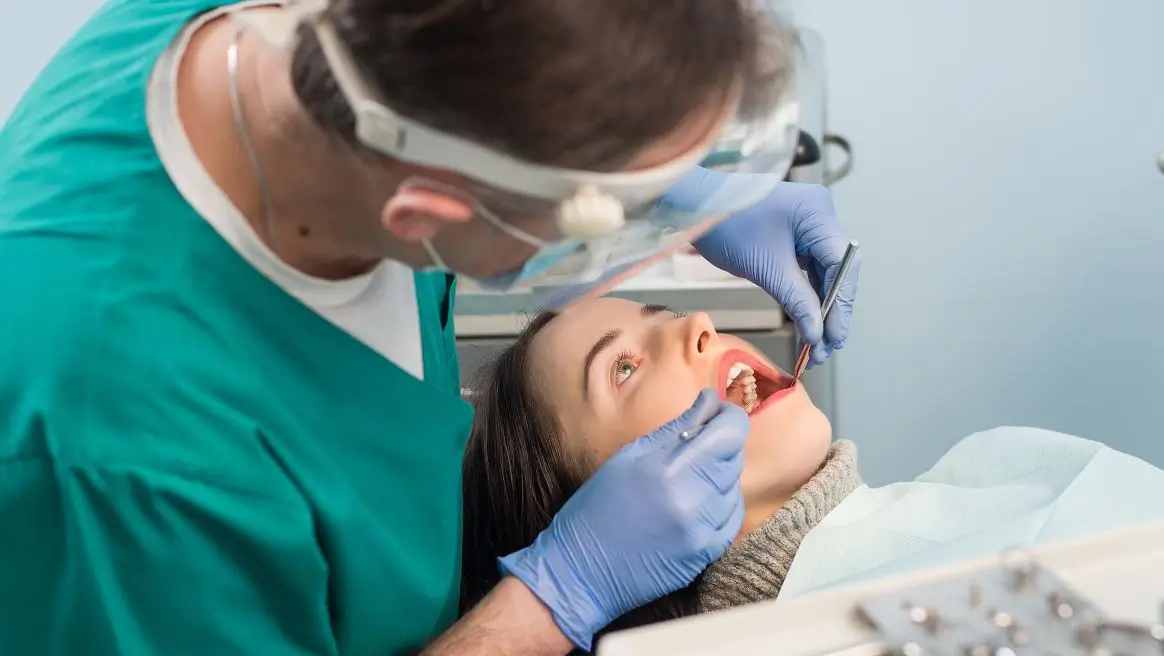The management of severe tooth infections often necessitates prompt intervention by emergency dental care professionals to prevent further systemic complications. The decision to perform a tooth extraction is grounded in a thorough diagnostic evaluation, including radiographs that reveal the extent of the infection’s impact on dental structures and surrounding tissues. As this procedure is typically a last resort, it underscores the critical nature of timely access to dental care and the consequences of neglect. What remains underappreciated, however, is the post-operative trajectory and its implications on a patient’s overall health, which raises pertinent questions about the standards of follow-up care and patient education.
Understanding Tooth Infections
Tooth infections, typically originating from bacterial invasion within the tooth’s pulp, can escalate into serious medical conditions if not promptly treated. These infections arise when bacteria penetrate the enamel and dentin, reaching the soft tissue or pulp, often through cavities or cracks.
The pulp, rich in nerves and blood vessels, becomes an ideal breeding ground for bacteria, leading to inflammation and pain. If neglected, the infection can spread beyond the tooth roots to the jawbone and surrounding tissues, resulting in abscesses that pose not only health risks but also systemic implications.
Immediate intervention by dental professionals is crucial in preventing further complications and ensuring the health and well-being of the community. This underscores the importance of recognizing early symptoms and seeking timely dental consultation.
Emergency Extraction Procedures
When a tooth infection progresses to a severe stage, emergency extraction procedures may become necessary to eliminate the source of infection and prevent further health complications.
These procedures are critical interventions that require immediate attention by skilled dental professionals. The process begins with a thorough assessment, including radiographic evaluations to determine the extent of the infection.
Local anesthesia is administered to minimize discomfort, followed by the careful removal of the infected tooth. Post-extraction, patients are closely monitored and given detailed care instructions to ensure proper healing.
Antibiotics may be prescribed to eradicate any remaining bacteria, thus safeguarding against additional infections. This immediate and decisive action not only alleviates pain but also significantly reduces the risk of systemic health issues.



